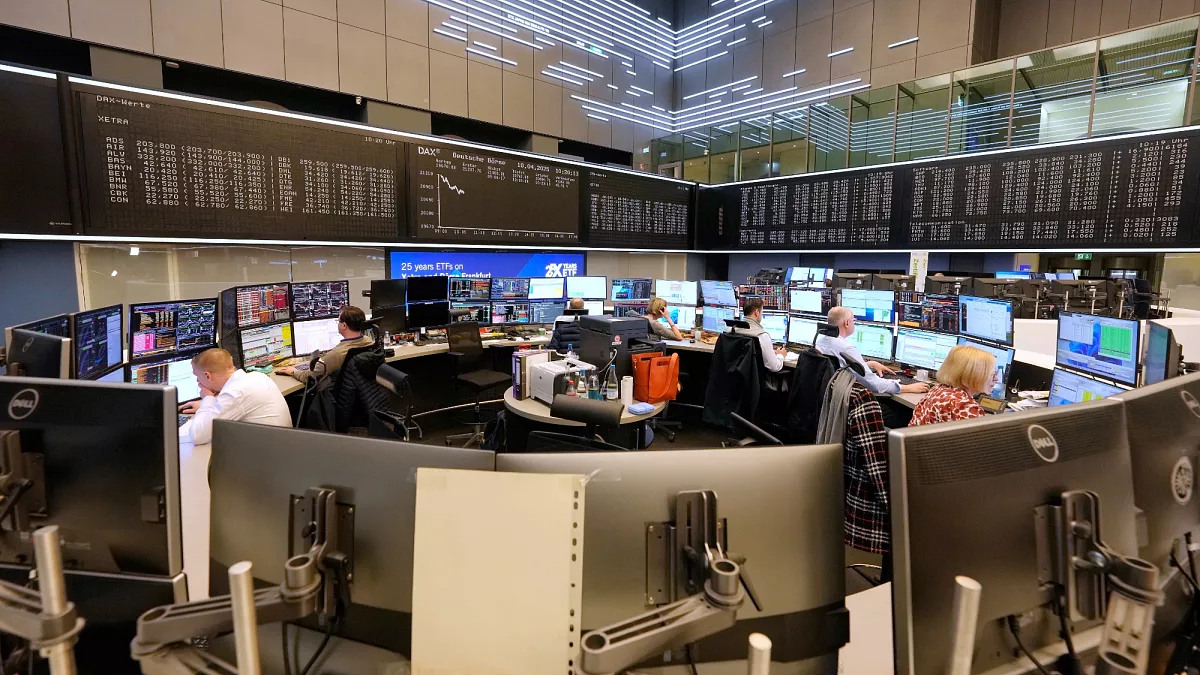Europe’s markets mixed, easing crash fears ahead of Nvidia report
By Euronews
Published on
19/11/2025 – 12:14 GMT+1
European stocks showed mixed signals on Wednesday, somewhat easing fears of a global market crash.
At around midday, Germany’s DAX was up less than 1%, while the UK’s FTSE 100 and Spain’s IBEX 35 also saw modest lifts.
Italy’s FTSE MIB dropped less than 1%, as did France’s CAC 40.
Both the STOXX 50 and the wider STOXX 600 showed minimal movement.
Investors kept an eye on data releases on Wednesday, with UK inflation easing to 3.6% in October, down from 3.8% in July, August, and September.
The annual inflation rate in the eurozone, meanwhile, came in at 2.1% in October, a confirmation of a preliminary reading. That’s down from 2.2% in September.
“Investors will breathe a sigh of relief that the market sell-off has lost momentum,” said Russ Mould, investment director at AJ Bell.
“It’s the good news everyone wanted. The key question is whether this is simply the calm before the storm.”
In Asian trading on Wednesday, markets were broadly in the red.
Japan’s Nikkei 225 fell 0.34%, Hong Kong’s Hang Seng was down 0.38%, South Korea’s Kospi slid 0.61%, while Australia’s S&P/ASX 200 slid 0.25%. China’s SSE Composite rose 0.18%.
After a day of losses on Tuesday, Wall Street showed signs of optimism on Wednesday.
Ahead of the opening bell, S&P 500 futures were up 0.30%, while Dow Jones futures increased 0.12%. Nasdaq futures were trading 0.37% higher.
Investors around the world are awaiting third-quarter results from chipmaker Nvidia, set for release later on Wednesday.
Nvidia’s performance matters disproportionately because its immense size means it’s the most influential stock on Wall Street. Its financial report will also influence the narrative around an AI bubble and fears that tech stocks may be overvalued.
“Nvidia reports tonight and the slightest bit of news to disappoint investors has the potential to whip up a tornado across global markets,” said Mould.
“Investors will be hanging on Jensen Huang’s every word and looking for clues that big investment in AI is worth it.”


